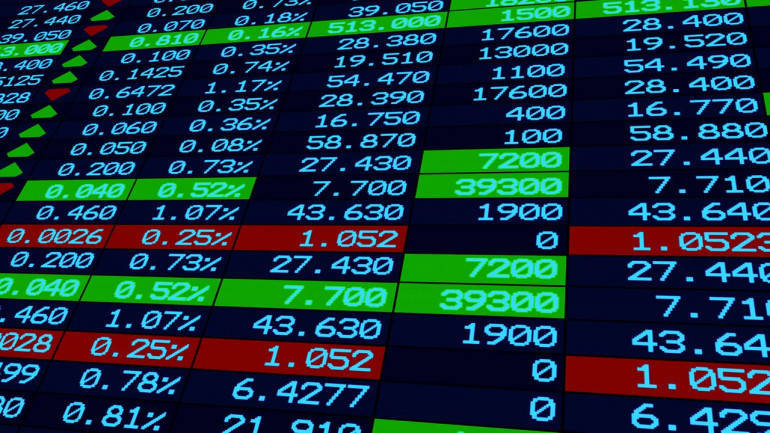In growth and valuation matrix, usually high growth with high peer valuations proves to be a better investing avenue, suggest experts.
The hunger for more returns usually makes investors hunt for stocks which are available at cheaper valuations compared to their historic multiples.
There are as many as 190 stocks on BSE that are trading below their historic 5-year average PE. 29 out of those 190 stocks have given positive returns in the last one year, data from AceEquity showed.
The list includes Astrazeneca Pharma, Pfizer, United Breweries, Ipca Laboratories, Dr. Reddy’s Labs, Mphasis, Kaveri Seed, HCL Technologies, 3M India, Jubilant Foodworks and Apollo Hospitals.
Analysts advise investors to use low P/E stocks as a filter for shortlisting investment ideas and use other quantitative parameters before investing. It is common for people to mistake low P/E stocks to be value stocks but that may be a slightly misleading approach to value investing.

(Note: The table is for reference only and not buy or sell recommendations)
Normally value stocks are those that offer a substantial margin of safety which is defined by an extent to which the market price of the stock is below the intrinsic value of the stock.
For stocks which are trading below their respective PE multiple, investors should also look at the reason why the stock fell in the first place. What is the earnings outlook for the next few quarters and was there any business irregularity.
“If the stock is trading below its 5-year Avg PE then investors should remember a couple of key points. Watch out for these factors before investing in such companies: a) any impact on the product/business due any headwinds b) Profits or revenues growing or not, and c) whether there are any corporate governance or compliance issues with the company in recent history,” Yogesh Mehta, VP, retail research, Motilal Oswal Securities told Moneycontrol.
“Any companies trading below 5-year Avg PE and also pass the filters given above investors should see if there is growth potential. If the revenue growth scale is visible with the same rate, any capacity expansion already done or will be done in near future (next 6-12 months) or opening new stores (with respect to Retail sector companies) and likely to deliver growth,” he said.
The important factor to look at before investing is ‘growth’, suggest experts. In growth and valuation matrix, usually high growth with high peer valuations prove to be a better investing avenue, suggest experts.
Market tends to reward stocks which have growth potential. As many as 170 stocks which are trading above their 5-year average PEs. Out of those, 52 companies have delivered returns ranging from 10-85 percent in the last one year.
Stocks which are trading above their respective 5-year avg PE and also gave positive returns include names like V-Mart, Bata India, Divi’s Laboratories, NIIT Technologies, TCS, HUL, Infosys, Dabur India, Tech Mahindra, Titan Company and Radico Khaitan, data from AceEquity showed.
“At the time of picking stock for investment purposes, one has to understand the business, its operating environment and management strategy for the future. At times of retarding growth, a lower P/E may hint you to stay away from investing,” Vineeta Sharma, Head of Research, Narnolia Financial Advisors told Moneycontrol.
“High valuations (TTM PE> 5-Year Avg PE) depict investors’ confidence in the business/ management of a company. A high valuation is a risk only when the future appears unclear,” she said.
Sharma further added that a company where return ratios like ROE/ROCE are high and have good capital allocation strategy may still be held even when valuations are higher. One may pick stocks from consumer space, Retail or IT where valuations may be rich but the business environment looks promising.

(Note: The table is for reference only and not buy or sell recommendations)
Parameters to consider before investing
Looking at PE multiple is a common filter used by investors for shortlisting stocks. But, investors should also look at other financial ratios such as Return on Equity (RoE), asset turnover, margins, working capital turnover as well as free cash flows to profits may be other parameters in shortlisting stocks.
ROE or return on equity is the return what you earn for equity shareholders, and ROCE (return on capital employed) measures what you earn for all providers of capital. Theory suggests that both ROE and the ROCE must be growing above the industry mean.
“Apart from PE there are factors such as and then Return on Equity (RoE) and RoCE, Free cash flow, reserves, dividend payout ratio (from the profits but generally Retail companies are capex oriented hence they are exception), PEG ratio (i.e PE to Growth), CAGR (Compounded Annual Growth Rate), these are some of the parameters to track before shortlisting companies but first and foremost is check management credibility and capability as well as experience in their businesses,” says Mehta of Motilal Oswal Securities.
Disclaimer: The views and investment tips expressed by investment experts on moneycontrol.com are their own and not that of the website or its management. Moneycontrol.com advises users to check with certified experts before taking any investment decisions.















